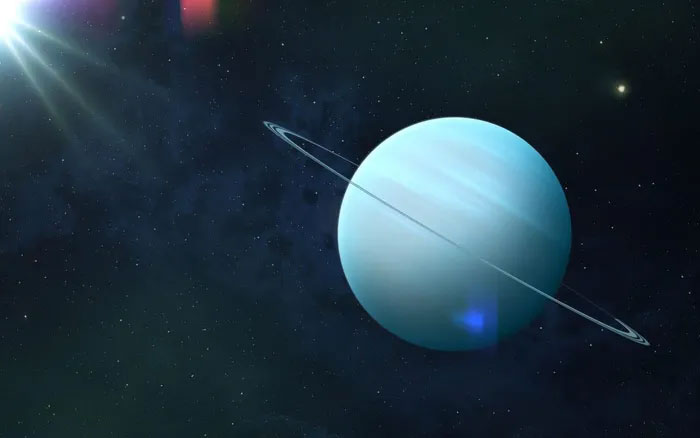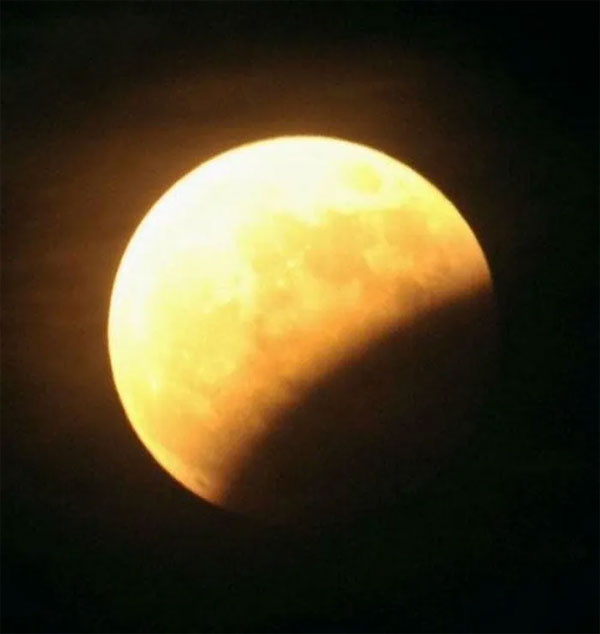As November arrives, people will have the opportunity to witness the stunning sights of the sky with six fascinating astronomical phenomena.
The first interesting astronomical event occurring in November is the new moon, also known as the supermoon. According to experts, this phenomenon refers to the time when the full moon or new moon occurs when our satellite is closest to the planet.
November 4 is the day of the new moon. On this day, the public will have a chance to see the sky very clearly as the light from the moon does not obstruct visibility.

Today, Uranus enters retrograde motion.
The next fascinating astronomical phenomenon also occurs on November 4, when Uranus enters retrograde motion. During this time, the planet will be closest to Earth and brightest. On this day, people can clearly observe Uranus without the interference of moonlight.
According to the American Meteor Society (AMS), the Taurid meteor shower in the southern hemisphere will be active for over two months, from September 28 to December 2. The peak of this phenomenon occurs on the night of November 4-5.
Meanwhile, in the northern hemisphere, the Taurid meteor shower will take place on November 11-12. However, those watching this event may encounter some obstacles due to moonlight on those two evenings.
On November 17-18, the public will have the chance to observe the Leonids meteor shower. This is a medium-sized meteor shower, producing about 15 meteors per hour at its peak. This phenomenon is quite rare as meteor storms occur on a 33-year cycle.

Also this month, people around the world will witness a partial lunar eclipse.
On November 19, sky enthusiasts will have the opportunity to observe a partial lunar eclipse. People in many countries around the world can easily follow this event.
The final intriguing astronomical phenomenon occurring in November is the full moon. This event can be observed on November 20. At that time, the moon and the sun will be on opposite sides of the Earth. This alignment causes the hemisphere of the moon facing the Earth to be fully illuminated by the sun.


















































